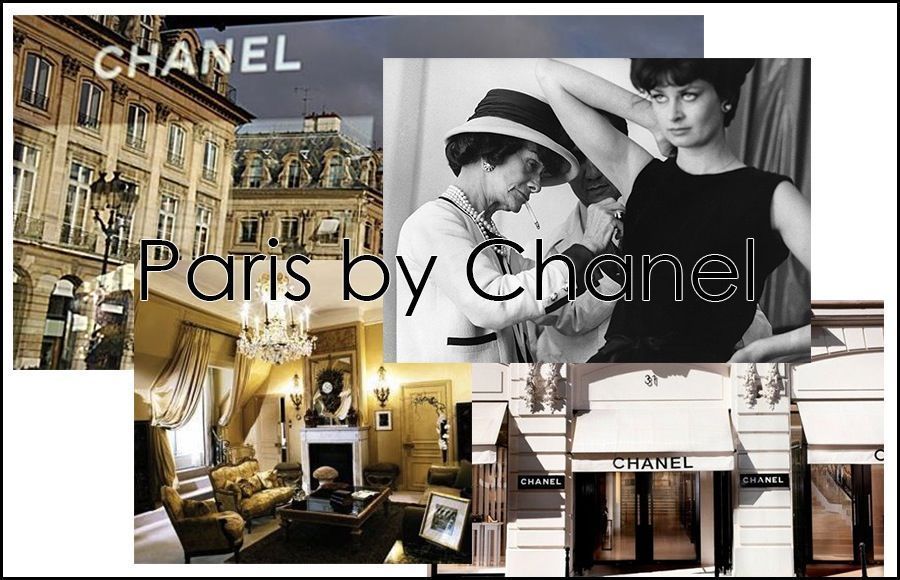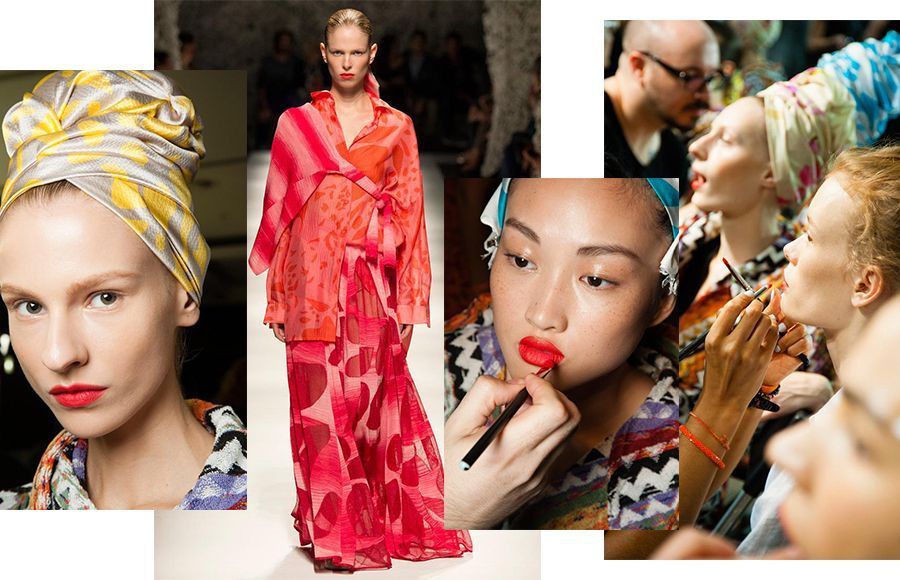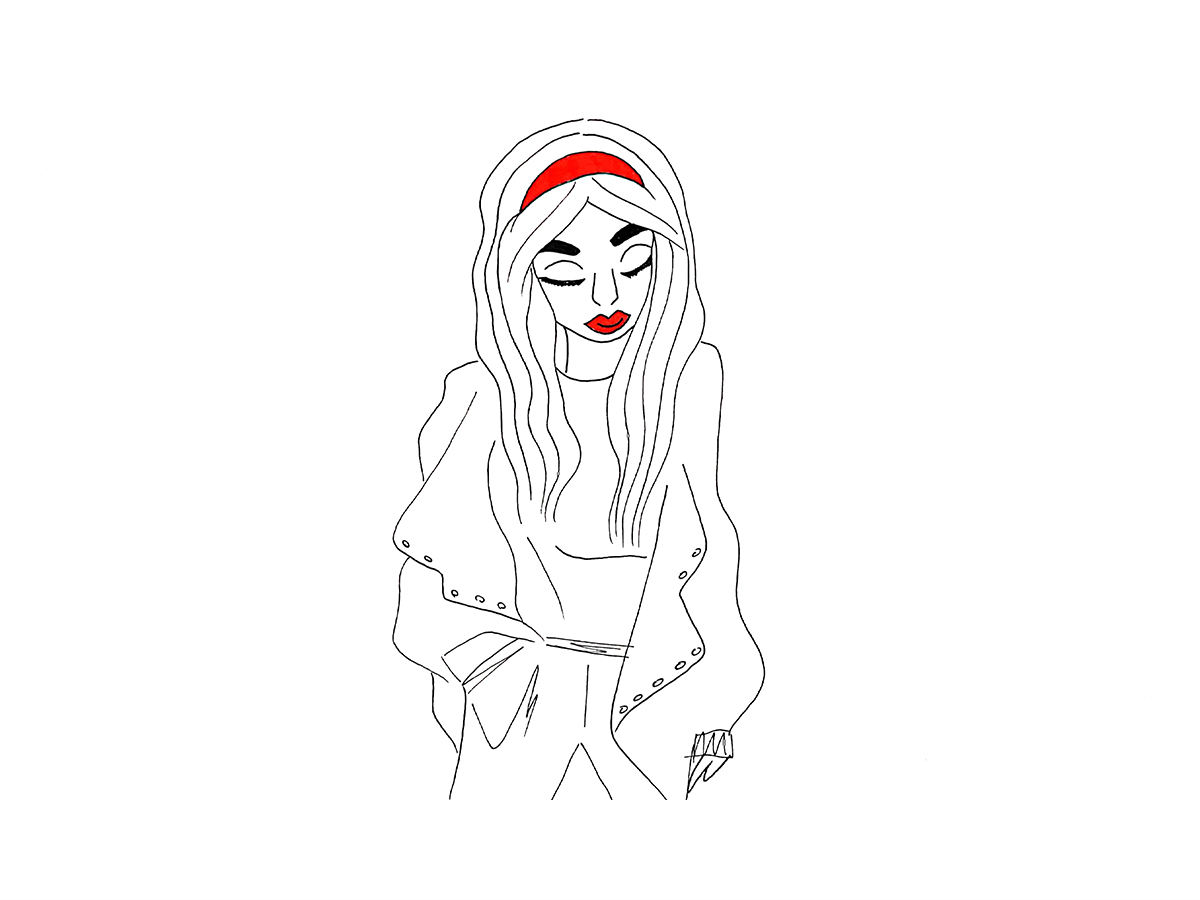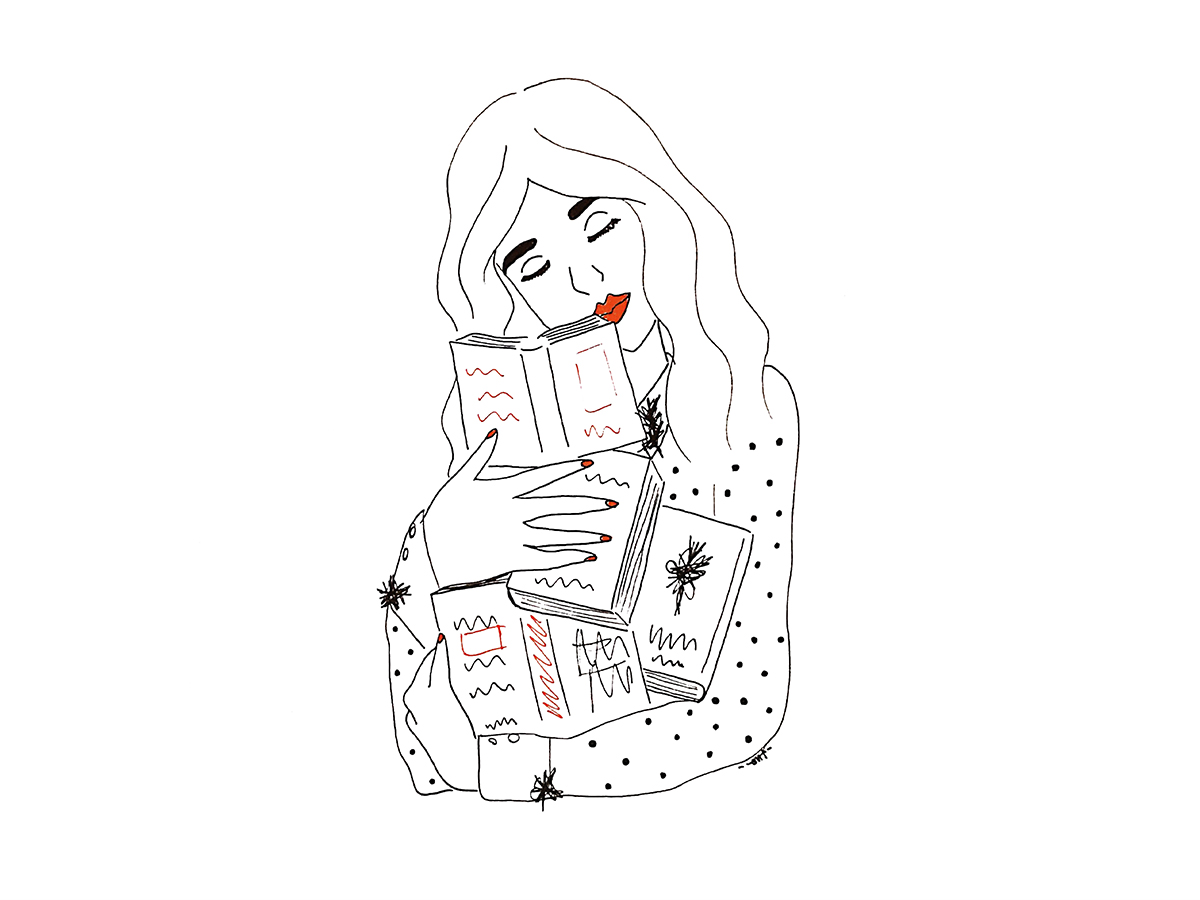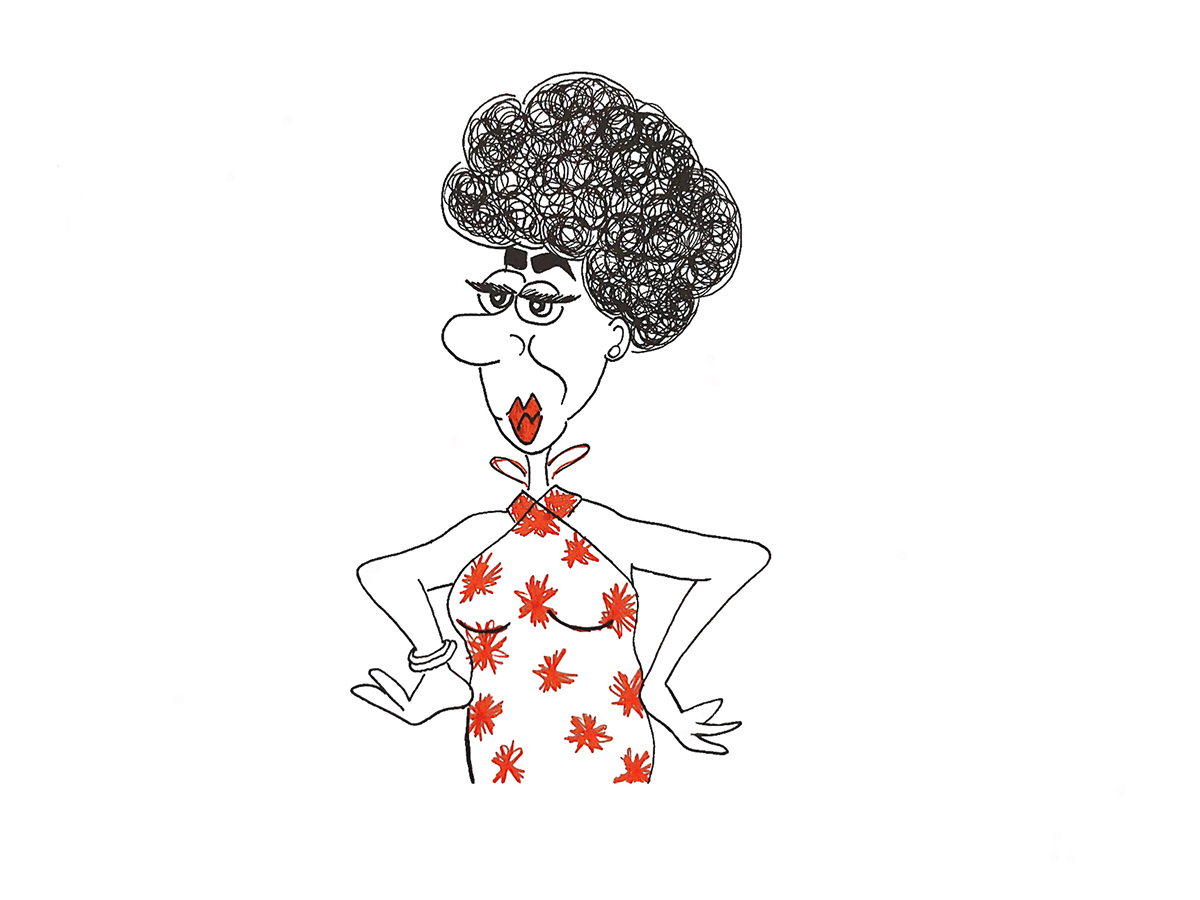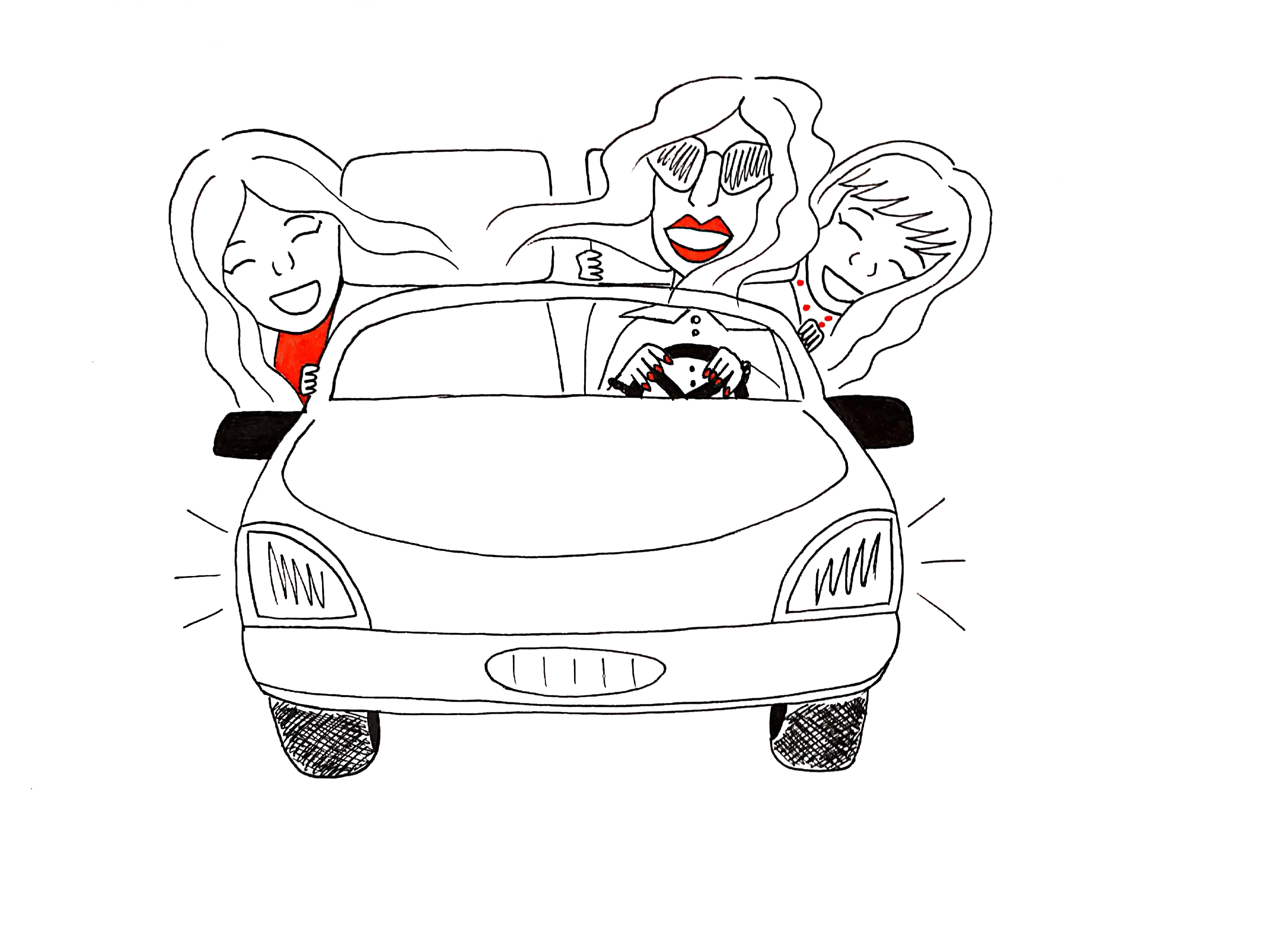Cinque numeri.
Chanel. Parigi.
Il numero 1, Rue Cambon. Perdersi in Rue Cambon, sinonimo di Chanel, passando davanti al civico 21, da cui tutto ebbe inizio nel 1910, quando Gabrielle Chanel vi aprì una boutique di cappelli. Oltrepassare poi il 29, il 25, il 23, il 27, fino al 19, dove, stagione dopo stagione, sono esposte le collezioni di Karl Lagerfeld. Entrare infine al numero 31, l’indirizzo di una vita intera e salire le scale percorse da clienti e personaggi illustri. Cocò rivestì le pareti di specchi per moltiplicare all’infinito le immagini dei capi e perpetuarne la leggenda. Sedersi su un gradino, punto di osservazione da cui Mademoiselle, al riparo dagli sguardi, seguiva la presentazione delle sue collezioni. Scendere nei saloni al primo piano. Fino al 1971, le modelle, giovani dell’alta società, vi presentano quotidianamente i capi. Oggi, solo i personaggi celebri e i clienti della Haute Couture provano i capi in questo edificio bianco, beige e nero ideato da Karl Lagerfeld. Addentrarsi nel cuore dell’edificio, l’atelier, dove la stilista creava e modellava i capi sulle modelle. Sigaretta fra le labbra, forbici al collo e spilli a portata di mano. Per realizzare le collezioni attuali, Karl Lagerfeld ha rivoluzionato lo spazio. Parquet stile Versailles ricoperto da foglie d’argento, finestre ricoperte da organza e pareti bianche rivestite da schizzi. Raggiungere gli ultimi due piani, in cui le sarte in camice bianco, danno vita agli schizzi, dalla carta al tessuto.
Il numero 2, l’appartamento. Allontanandosi della sobrietà dei saloni bianchi e neri per immergersi nell’universo barocco dell’appartamento di Mademoiselle, in cui il tempo sembra essersi fermato. Un ingresso, una scrivania, un salone, una sala da pranzo, senza camera da letto. Un disordine armonico in cui ogni oggetto rivela l’ispirazione di Gabrielle Chanel senza svelarne i segreti. Paraventi Coromandel in legno laccato, specchi ottagonali, lampadari impreziositi da camelie a forma di “5”, di “2” e di “doppia C”, spighe di grano stilizzate, Buddha, leoni, statue della Vergine Maria o di Afrodite che vegliano continuamente su di lei.
Il numero 3, il Ritz. Dimorare al Ritz, dove Gabrielle Chanel si trasferì nel 1937. Inizialmente in una suite con vista su Place Vendôme, poi in due camere, le cui finestre si affacciano su Rue Cambon. E’ qui che la stilista si spense in una notte di gennaio del 1971.
Il numero 4, al numero 18 di Place Vendôme. Aprire la porta dell’Hôtel Cressart che la Maison Chanel fece interamente ristrutturare nel 1997 per ospitare le collezioni di gioielleria. Fu la prima donna nonché la prima stilista ad entrare in questo lussuoso universo in cui brilla tuttora il suo nome. Place Vendôme.
Il numero 5, il Grand Palais. Assistere al monumentale spettacolo delle sfilate Chanel. Il Grand Palais. Sotto la sua maestosa cupola in ferro, le scenografie rivoluzionano ogni collezione. Una foresta di querce e pini, un leone di Venezia alto dodici metri, una gelida banchisa, un enorme giardino alla francese valorizzato da fontane d’acqua. O ancora, come in un set cinematografico, la riproduzione perfetta di Rue Cambon. Grazie a Karl Lagerfeld la moda si apre al mondo e Parigi rimane eterna e scintillante in Chanel.
Five numbers.
Chanel. Paris.
Number 1, Rue Cambon. Getting lost in Rue Cambon, synonymous with Chanel, going past street number 21 where everything started in 1910 when Gabrielle Chanel opened there hers hat boutique. Going then past street numbers 29, 25, 23, 27, up to 19, where year after year Karl Lagerfeld’s creations are showcased. Entering number 31, the address of a whole life and going up the stairs stepped by famous celebrities. Coco covered the walls with mirrors to multiply the images of her creations and make them an eternal legend. Sitting on a step, a point where Mademoiselle used to sit unnoticed while observing her pieces modelling. Going downstairs. Until 1971 the models, young girls of the upper class, were daily presenting the pieces. Today, only celebrities and Haute Couture clients can try the clothes in this white, beige and black building designed by Karl Lagerfeld. Visiting the building, the atelier where Coco created and modelled her creations. Always with her cigarette, scissors on her neck and pins everywhere. Karl Lagerfeld has completely revolutionised the space. Versailles style parquet floor covered with golden leaf motifs, windows with organza curtains and white walls with his fashion sketches. Reaching the two upper floors where sewers dressed in white give life to those sketches, from paper to fabrics.
Number 2, the flat. Moving away from the black and white minimalism to plunge into the baroque universe of Mademoiselle’s flat, where time hasn’t passed at all. The entrance, a desk, a hall, a living-room, no bedroom. A harmonious disorder where every single object reveals Gabrielle Chanel’s inspiration but not her secrets. Coromandel screens in lacquered wood, octagonal mirrors, chandelier lamps enriched with camellia shaped as “number 5” or “double C”, stylised spikes, Buddha, lions and statues of the Virgin Mary or Aphrodite watching over her.
Number 3, the Ritz. Living at the Ritz hotel where Gabrielle moved in 1937. Initially in a suite overlooking, Place Vendôme, then in two rooms, whose windows facing Rue Cambon. There the designer died in January 1971.
Number 4, number 18, Place Vendôme. Opening the doors of Hôtel Cressart that Maison Chanel entirely renovated in 1977 to host the jewellery collecitons. She was the first woman and the first fashion designer to enter this luxury universe that still sparkles with her allure. Place Vendôme.
Number 5, the Grand Palais. Taking part in the majestic show of Chanel’s events. The Grand Palais. Under the splendours of the iron vault, the revolutionary settings. An oak and pine wood, a Venice lion of twelve metres of height, a freezing ice-floe, a huge French garden enriched with water fountains. And again, as if in a movie set, the perfect reproduction of Rue Cambon. Thanks to Karl Lagerfeld fashion opens up to the world and Paris continues to carry the eternal and sparkling Chanel’s allure.

